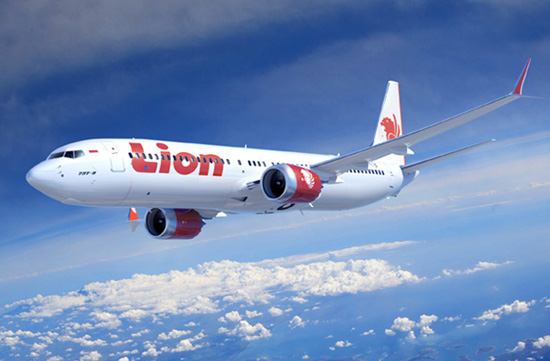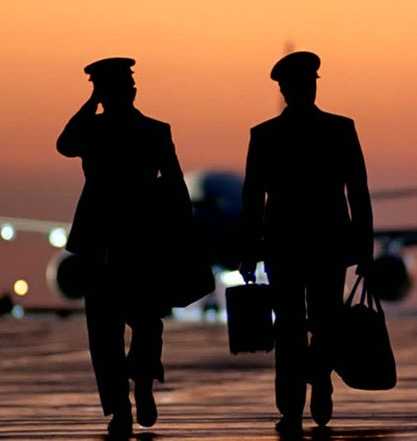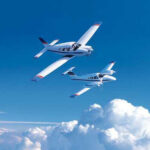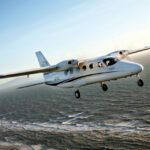Lion Air Boeing 737 Crashes Near Jakarta

A Lion Air Boeing 737 plane, Flight JT 610, crashed into the sea shortly after takeoff from the Indonesian capital of Jakarta with 188 people on board.
The airplane was a new variant of the 737, the MAX 8. Controllers lost contact with the airplane just 13 minutes after its takeoff, with the last reported position 40 miles from the coast of Java.
Automatic dependent surveillance (ADSB) data from the web showed the airplane flying a large portion of its departure at 300 kts and only reaching a max altitude of 5,400 ft. On the initial departure the airplane climbed to 2,000 feet and then descended to 1,400 ft before beginning a shallow climb at 300 kts. The final ADSB report showed a steep drop in altitude before the airplane stopped reporting.
The pilot had asked to return to Jakarta’s Soekarno-Hatta airport, the head of Pangkal Pinang’s search and rescue office, Danang Priandoko, said to a local news outlet.
Lion Air said the captain of the flight had more than 6,000 hours of flight experience. The airplane that crashed was built in 2018 and had only been in service since August 15th.
This is the first major accident of the Boeing 737 MAX variant. This latest variant of the 737 features new LEAP-1B engines, upgraded winglets, a fly-by-wire spoiler system, and aerodynamic improvements. The first 737 MAX 8 aircraft entered service in 2016.

Lion Air Has Had a Spotty Safety Record
Lion Air was established in 1999 and is Indonesia’s largest low-cost carrier. The airline has had issues with safety and poor management in the past and was banned from flying into European airspace until 2016.
This accident is Lion Air’s 5th major accident in less than 19 years of operations. In 2011 and 2012 there was a spate of incidents at the carrier where pilots were found in possession of methamphetamines.
Chances of Finding Survivors Slim
There is no official word on the condition of the crashed airplane’s passengers and crew but video posted by Sutopo Purwo Nugroho, Head of BNPB Information and Public Relations Center, shows debris condition where chances of surviving are slim.
Greg started his professional pilot journey in 2002 after graduating from Embry Riddle. Since that time he has accumulated over 8,000 hours working as a pilot. Greg’s professional experience includes flight instructing, animal tracking, backcountry flying, forest firefighting, passenger charter, part 135 cargo, flying for a regional airline, a national low cost airline, a legacy airline, and also working as a manager in charge of Part 135 and Part 121 training programs.



